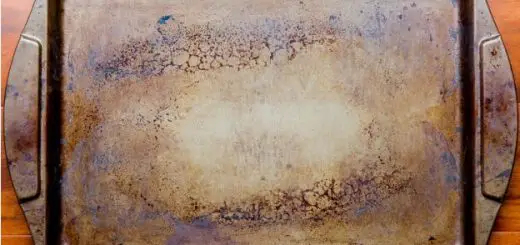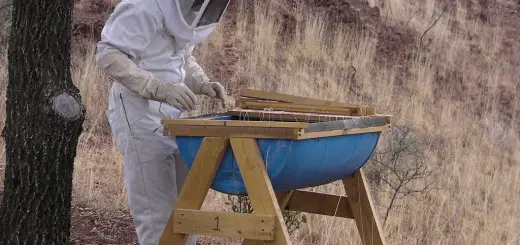What To Do With Eggs – Six Practical Tips
Of course we start this discussion from beyond the potential of an egg revealed in a frying pan. So we are not going to talk about the egg as a culinary ingredient, but about the egg – the whole of it – contents and shell – as an easy means to settle some problems we run into every day. And to cut a long story short, here is what to do with eggs, some practical tips that will surely turn useful at some point, via Reader’s Digest.
If you happen to have dry skin that definitely needs moisturizing, then turn to an egg yolk which makes a great natural facial. If you have an oily skin, then you should know this does better with the egg white to which you can add a little lemon or honey, while a normal skin can use the entire egg. Separate the egg as needed, and beat the part that suits your skin. Then apply the beaten egg to the area you want to treat, relax and wait 30 minutes, then rinse.
If you’re out of glue, then you should know the answer lies inside an egg, too. Egg whites can act as a glue substitute when gluing paper or light cardboard together.
After you have used eggs in the kitchen, don’t throw the shells away. Rich in calcium, the shells make a fine addition to the garden compost. Just crush the shell before putting it in the compost heap so they can break down faster. At the same time, use uncrushed egg shells to keep snails away from your plants in the garden, by placing them around the base of the plant.
In the same context, after boiling eggs, don’t throw the water down the drain, but use it to water potted plants after it cools. The water is rich in nutrients that can make your plants grow faster and healthier.
Since we mentioned garden a couple of time above, now here is another advice which is hardly carried out. Use both egg shells and cartons to start a small plant nursery at home. Plant seeds in eggshells then place the eggshell halves in the carton, fill each with soil, and press seeds inside. The seeds will draw extra nutrients from the eggshells. Once the seedlings are about 7-8 centimeters tall, they are ready to be transplanted into your garden. Remove them from the shell before you put them in the ground then crush the eggshells and put them in your compost or plant them in your garden. Here is a telling image below.


















